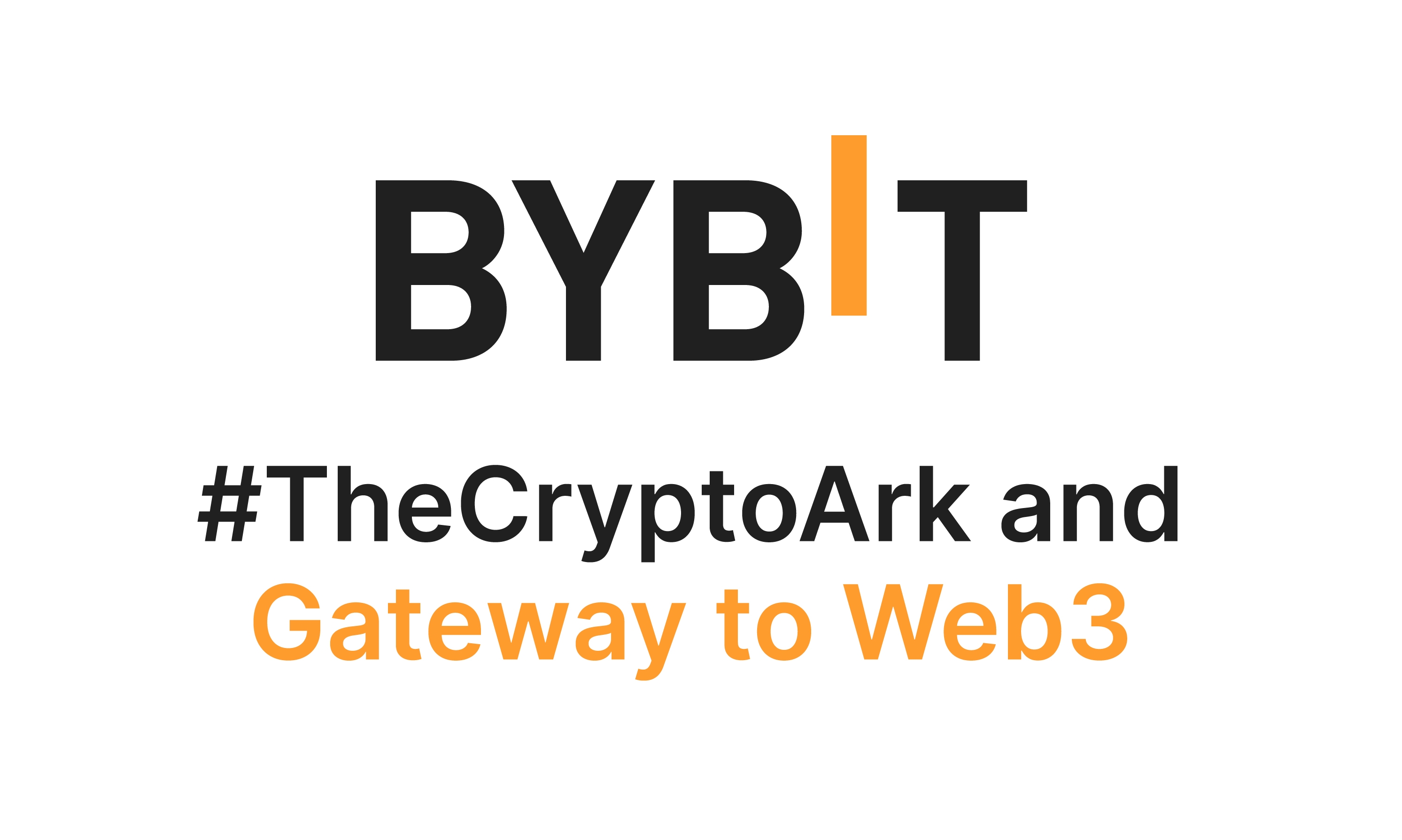Okay, so picture this: you open your trading app, you see green, you see red, and you feel both thrilled and a little nauseous. Wow! The roller coaster never really stops. I used to be that person who refreshed charts every five minutes. Seriously? Yep — guilty as charged. Initially I thought I needed total control, but then realized that delegation and automation have their place, especially for traders using centralized platforms.
Here’s the thing. Copy trading, trading bots, and yield farming all sound like different planets, but they’re really neighborhoods in the same city. Hmm… some neighborhoods are great, others are sketchy. My instinct said “start small” and my gut has saved me a few times. On one hand, copy trading offers social proof and a shortcut to strategies you might not have time to develop. Though actually, wait—it’s not a magic switch that guarantees profits, and following blindly is dangerous.
Copy trading is basically “mirror me” for traders. Short sentence. It lets you replicate another trader’s orders in your own account, often proportionally. Many traders like it because it reduces decision fatigue and can be an on-ramp to more advanced tactics. But it also has moral hazards: survivorship bias, backtest overfitting, and the temptation to chase last month’s top performer.
Trading bots are different beasts. They execute based on rules you or someone else set. Wow! They don’t get emotional. That alone is huge. Still, bots are only as good as the logic behind them, and they can fail spectacularly in low-liquidity or high-volatility moments. I learned this the hard way when a volatility spike turned a nicely backtested strategy into a drain on capital — and yes, I yanked the bot offline mid-sleep, somethin’ I’d promised myself I wouldn’t do.
Yield farming sounds sexy. Really? It is, until the rug is pulled out. In practice, yield farming is providing liquidity or staking tokens to earn rewards. It can be very very lucrative when protocols are solid and tokenomics make sense. But it can also be extremely risky, especially with unaudited smart contracts, token inflation, or impermanent loss that silently chips away at gains.

How I think about them — simple mental models
Short-term traders (you know who you are) often favor bots for speed and discipline. Short sentence. Bots can scalp, arbitrate, or follow momentum quicker than humans. They free you from staring at screens, though you’ll still check performance obsessively. Copy trading fits people who want social strategies without building them. That can be brilliant for diversification, but it introduces dependency on someone else’s timeframe and risk tolerance.
Yield farming is a semi-passive yield play with active risk assessment. Hmm… it’s like renting out your car for cash, but if the car loses value fast, your rent doesn’t mean much. My instinct told me to spread exposures across different risk layers: conservative staking, medium-risk liquidity pools, and a small, experimental allocation in high-reward farms. Initially I thought 20% allocation to yield was fine, but then I dialed it to 10% for dedicated capital because volatility was higher than I expected.
One practical blend: use copy trading as education, deploy bots for disciplined strategies, and allocate a small portion to yield farming for passive yield. On paper it’s neat. In reality, you have to manage fees, slippage, network risk, and tax complexity. Oh, and remember the platform counterparty risk on centralized exchanges — that matters a lot.
Speaking of platforms, if you prefer a centralized exchange with modern features and a decent user experience, I’ve used and reviewed many — I recommend checking a robust option like bybit crypto currency exchange for its derivatives and copy trading integrations. I’m biased toward platforms that offer good docs and active customer support, because when things break you want to phone a support line or at least get a clear status page.
Okay, now some tactical dos and don’ts. Do: backtest before you copy or deploy code. Do: size positions conservatively when starting. Do: check on-chain and off-chain metrics for yield opportunities. Don’t: assume past performance equals future returns. Don’t: ignore fees or tax consequences. Don’t: use borrowed capital for experimental yield farming unless you enjoy heartburn.
Let’s break each tool down with a bit more grit. Copy trading shines when transparency is high. Short sentence. Prefer traders who publish trade history, risk metrics, drawdown charts, and preferably commentary. Watch if someone keeps changing strategy — that often signals over-optimization. A helpful trick? Test mirror trades with micro-allocations first, then scale up if the behavior matches your risk appetite.
Bots require engineering rigor. Hmm… you can rent bot frameworks or code your own; both paths are valid. Renting is faster but sometimes opaque. Coding forces discipline — you think through edge cases and failure modes. Real-world lag, API rate limits, and order book depth matter more than elegant math. Initially I thought a single strategy could be universal, but then realized market regimes shift, and the same rules that win in trending markets lose in choppy ones.
Yield farming needs on-chain detective work. Short sentence. Check contract audits, token vesting schedules, and the token’s utility. Liquidity depth matters because large pools reduce slippage and manipulation risk. Also ask: who benefits from the inflation of the reward token? If it’s mainly early insiders, your long-term yield might be paid by new entrants — be wary of Ponzi dynamics.
Risk mitigation is the common thread. Use stop-losses or volatility-aware sizing for bots. For copy trading, set max drawdown limits and diversify across multiple traders. For yield farming, ladder durations and avoid leaving everything in a single protocol. Honestly, this part bugs me — many people skip basic risk checks because shiny APR numbers distract them, and then they wonder why their capital vaporized.
Mechanics and fees deserve a paragraph. Short sentence. Centralized exchanges charge trading fees, borrowing fees, and sometimes withdrawal fees that can erase bot edge. Slippage can turn a profitable scalping bot into a loser. Yield farming has gas fees and protocol fees that compounds the complexity. When you’re calculating expected returns, be sure to subtract those costs, not just eyeball the APR headline number.
There’s also psychology. Wow! Automation forces new emotions to the surface. When a bot is winning you feel smug. When a bot loses, you either overreact or ignore it. Copy trading brings social envy and FOMO—watch it. Yield farming causes quiet anxiety because rewards accrue in token types you might not want to hold long-term. These emotional patterns are predictable, so build guardrails.
FAQ
Is copy trading safe?
Not inherently. It can be safer than trading blind if you vet the trader’s history and risk profile, but it inherits counterparty and platform risk. Use small allocations first, diversify, and don’t follow traders whose live behavior contradicts their claims.
Should I use trading bots instead of manual trading?
Depends on your goals. Bots excel at discipline and speed; humans excel at regime shifts and contextual judgment. A hybrid approach often works best: automate repetitive tasks and retain manual oversight for unusual market conditions.
Is yield farming worth it?
Sometimes. If you have solid research skills and can tolerate token-specific risk, yield farming can boost returns. But it requires active monitoring, and it’s wise to treat high-APR opportunities as speculative experiments rather than core holdings.
I’ll be honest — I still tinker. I’m biased toward modular setups: small pool of copy positions for learning, a couple of vetted bots for core strategies, and a modest yield allocation for surplus capital. My approach is not perfect, and I’m not 100% sure which part will age best when markets flip, but it feels practical and survivable.
Final quick checklist you can use tonight: short sentence. 1) Start with tiny allocations. 2) Vet transparency and fees. 3) Diversify across methods. 4) Monitor, don’t micromanage. 5) Treat yield farming as speculative. Follow that and you’ll avoid the biggest traps (most of them anyway…).

